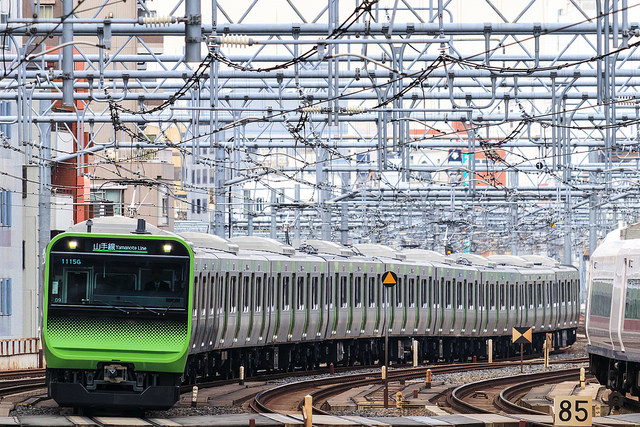There are many reasons trains delay. If you have ever taken any JR trains in Tokyo, you might have seen some confusing operation status displayed in English, like “Customer fall” to explain the delay. Japan is working hard to become a tourist-friendly country by adding more English signs in public, however, sometimes those translations are ambiguous or misleading.
In this post, to help your travel in Japan, we would like to explain the real meanings of the status you would actually see when the trains delay.
Also, we would like to remind you that the trains in Japan do delay! Some people praise how trains in Japan are punctual. That is true in general but trains delay quite often during the rush hours in the morning or when the weather is bad. When you travel Japan by train, please keep that in mind and allow yourself plenty of time, especially when heading to take a Shinkansen or going to the airport.
*The actual English display followed by Japanese display.
Table of Contents
Japan Pocket Wifi Rental
UNLIMTED DATA SIM CARD
Japan Travel Prepaid SIM card
The top 5 train operation status you would see when there’s a delay.
1. Congestion 混雑
The trains are too crowded and people are taking more time than usual to get on and off the train at each station.
2. Passenger injury 人身事故
An accident involving injury or death has happened.
3. People relief 急病人救護
There has been an emergency case or someone got sick on the train. This status is often seen during the rush hours when someone fainted with anemia.
4. Car inspection 車両点検
Technical problem.
5. Door inspection ドア点検
Problems with the doors. This happens often in the morning when the trains are overcrowded and the doors won’t close.
Other status you may sometimes or rarely see when there’s a delay.
1. Fallen tree 倒木
The tree has fallen on to the railway track. (Once time, we have seen a status that says “Fallen bamboo.”)
2. Customer fall お客様転落
Someone fell on rail tracks. This is sometimes seen at night when people are drunk.
3. Rain 大雨
Heavy rain.
4. Wind 強風
Strong wind.
5. Deer collision 鹿と衝突
A deer is hit by the train. This rarely happens in urban areas. For JR lines that also stop at rural areas, such as JR Chuo line, it is said that the animal collision happens once a month.
6. Person entry 人立ち入り
Someone trespassuing on rail tracks.
7. Confirmation 異音の確認
Strange noise is detected and they need to verify.
Navigating Trains Delay in Japan
Encountering a delayed train in Japan during rush hour can throw a wrench in your plans. However, there’s a handy solution: the Delay Certificate, also known as “遅延証明書/Chien Shoumei Sho.”

What’s the deal with this certificate, you may wonder? It’s your ticket to explaining your tardiness to your employer or school. Grabbing one of these from the station staff during peak commuting chaos can be a lifesaver.
Yet, outside of rush hour, trains delays often come with no compensation. Aside from the conductor’s apologies over the loudspeaker, there’s little to ease the inconvenience. Tough luck, but that’s how the train rolls!
Currently, many train companies issue Delay Certificates online, making it convenient to access them. You can check the respective train company’s official website for more information.
As you can see, that there are many reasons trains delay. Please give yourself extra time when traveling in Japan by train.
You may find the following articles helpful
*Top Image: by yagi-s from Flick
Japan Pocket Wifi Rental
UNLIMTED DATA SIM CARD
Japan Travel Prepaid SIM card



